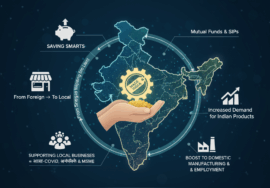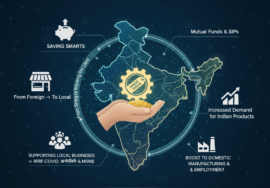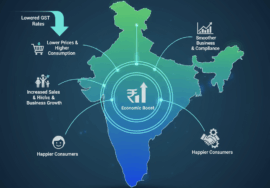India’s scrapping policy is a flop
[ad_1]
India’s scrappage policy was introduced as a means to get older, polluting vehicles off the road by enabling easy recycling via authorised scrapyards, increasing fees for re-registration of old vehicles and by introducing lower taxes (and discounts) on registration of new vehicles if the buyer had scrapped his old vehicle. Loosely modeled on the United States’ Cash for Clunkers policy, the hope was that owners of old cars would be tempted enough to scrap their vehicles. And it could of course be a boost to the country’s struggling auto sector.
But so far, public embrace of the policy has been tepid. A survey by LocalCircles goes some way in understanding the reasoning of car owners. The survey reported that most of the owners are not interested in changing their vehicle just because it has gotten old.

Out of 10,543 vehicle owners, 57 percent of vehicle owners said that a vehicle should be scrapped based on their odometer reading i.e. how many kilometres has the vehicle covered rather than the number of years. Last year government’s mandate said that personal vehicles older than 20 years old and commercial vehicles older than 15 years would have to undergo fitness tests to stay on road.
The people who participated in the survey also said that they are planning to reduce the number of cars that they own because the scrappage policy will make it more expensive to keep an old vehicle. The prices of the fitness tests are increased from 1st April. The price of renewing a 15-year old automobile used to be Rs. 600. The revised rate is Rs. 5,000. Other prices related to renewing a vehicle were also increased. You can read about them in detail by clicking here.

Also read: Hyundai Ioniq 5 electric car: New TVC released
India wants to turn net carbon zero by 2070 – so there is a lot of time to tweak the policy, for sure. If old vehicles that pollute the air continue to run, then the target would not be achieved. So, recycling old cars has become crucial for India. The new vehicle that buyers of the old vehicles will buy will produce less pollution and there is a possibility that it could also be an electric vehicle. Having said that many people are still not buying electric vehicles because of lacking charging infrastructure.
The other reason for people to not buy electric vehicles is that they are considerably more expensive when compared to their ICE-counterpart. For instance, the starting price of Tata Nexon is Rs. 7.55 lakhs ex-showroom whereas the Nexon EV starts at Rs. 14.79 lakhs ex-showroom.
The Centre for Science and Environment predicted that by 2025, India will have 20 million old vehicles that are near the end of their lives and are emitting a significant amount of pollution which will be causing damage to the environment. The government expects that the program would attract fresh investment of more than 100 billion rupees ($1.3 billion) and curb the nation’s dependency on other countries for metals.
Maruti Suzuki India Ltd. Chairman R.C. Bhargava said that vehicle age was not a good criteria for scrapping a vehicle. The logic has to be the car’s ability to ply roads safely so it doesn’t put other road users in danger. A vehicle gets scrapped when the user finds it isn’t economical to repair it to get a fitness certificate. Personal vehicles should undergo fitness tests every three years at least. When a car goes on the road there’s typically no further inspection to check whether safety standards that were prescribed at the time of sale are being met. A large number of accidents happen because of defects in vehicles that aren’t periodically certified as fit.”
Via Bloomberg
Also read: Tata Nexon price increased; Diesel variants discontinued
[ad_2]
Source link










